The two words “innovation” and “institution” were mentioned many times and clearly demonstrated during the Government’s term. However, as Permanent Deputy Prime Minister Nguyen Hoa Binh said at the press conference on the preparation and organization of the 1st Government Party Congress, term 2025-2030, what is worth mentioning is not that the Government talks about innovation, but that it has truly innovated – from thinking to doing, from organization and management to specific actions in each field.
Innovation in thinking – from “management” to “creation”
The first and most important change is the shift in thinking. The government has gone through a long period of “management – control” thinking to enter the “creation – service” phase. Law – which was once considered a management tool – is now seen as a development resource, as an “institutional highway” to open the way for society, for businesses, and for creativity.
For a long time, law was used to constrain; now it has become an engine of liberation. Law is not just to prohibit, but to pave the way and encourage. This is a fundamental change in thinking about national governance – moving from a model of control to a model of openness.
Since the beginning of the term, according to Minister of Justice Nguyen Hai Ninh, the Government has submitted to the National Assembly 121 laws and resolutions, with the workload increasing sharply each year: in 2021 there were 5 laws and resolutions; in 2022 there were 17; in 2023 there were 20; in 2024 there were 34; and from the beginning of 2025 until now there have been 47 documents (31 laws, 16 resolutions).
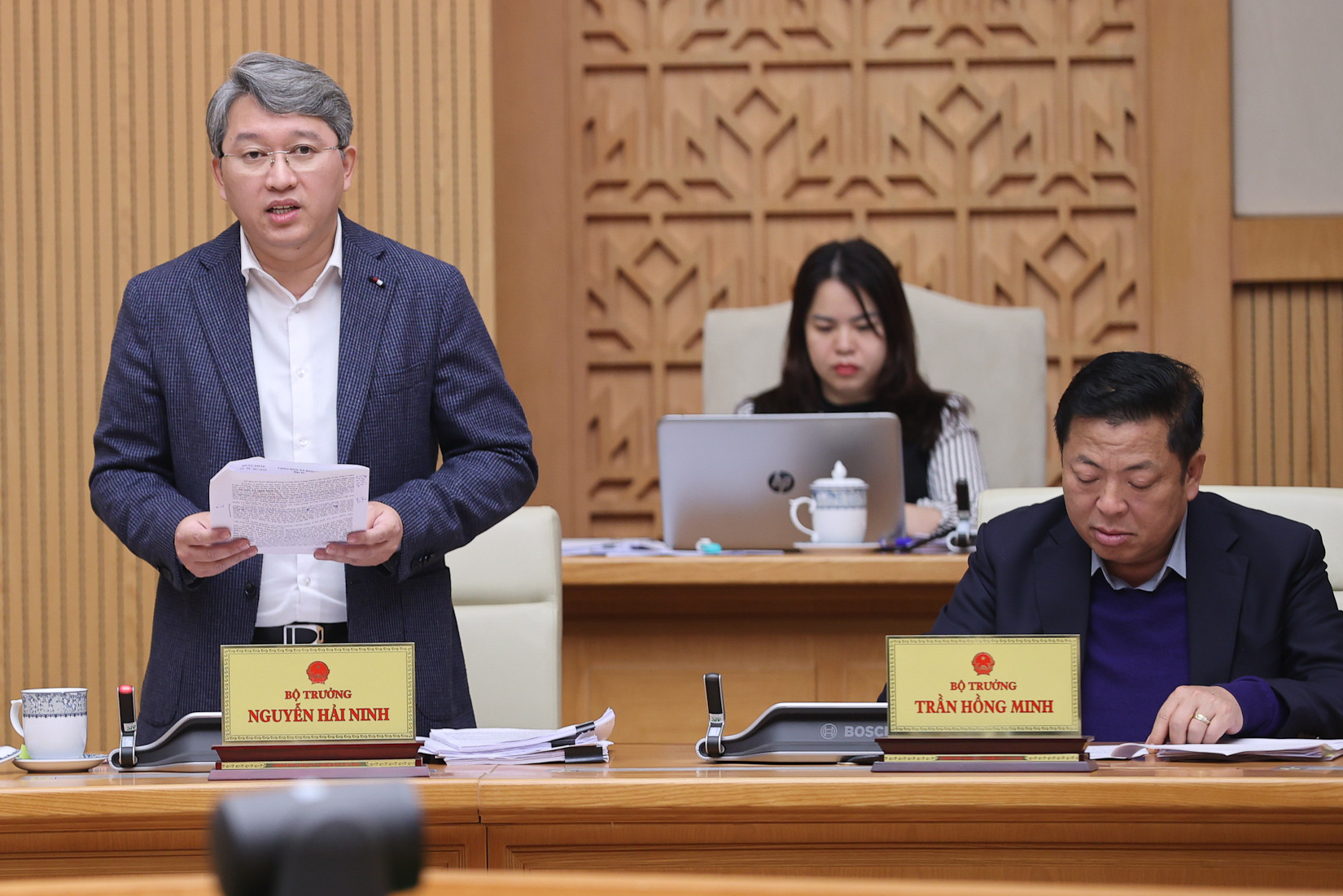
Minister of Justice Nguyen Hai Ninh speaks at the Government meeting on law-making in February 2025. Photo: VGP
At the 10th Session of the 15th National Assembly, the Government plans to continue submitting about 55 draft laws and resolutions, bringing the total number in 2025 to more than 100 documents - the highest number ever.
During the same period, the Government and the Prime Minister also issued 988 documents under their authority, including 813 decrees, 11 resolutions and 164 decisions - a record volume of work in the work of building and perfecting institutions during this term.
The work of building and perfecting legal institutions has made an important contribution to the country's socio-economic development and actively contributed to the Government's outstanding achievements during this term.
This new thinking is also evident in economic policy. The private economy, once considered a supplement to the state sector, is now identified as the most important driving force of growth. When public resources are limited, the capacity of the people and businesses is the potential energy of the economy. The government has begun to assign the private sector to undertake strategic infrastructure projects – from airports, seaports to highways – a strong shift from “the State does it for us” to “the State creates, society does it together”.
Along with that is the change in the concept of state management: from the command-and-control administrative model to the model of a serving, listening and accompanying Government. The State is no longer in the position of “giving orders and supervising”, but becomes “a co-worker, a co-responsible person” with the people and businesses. This is not just a change in language – but a change in the nature of administrative power.
Another manifestation of innovative thinking is the view on foreign investment. In the early stages, Vietnam needed capital, technology, and jobs; but as it went further, the Government realized that without technology transfer, we would only be hired laborers. From then on, FDI was no longer welcomed at all costs, but had to be selected based on quality, efficiency, and spillover value.
At the same time, in a world of many changes, the Government has established an independent, self-reliant, and self-reliant economic mindset. Development cannot be achieved through dependence; to stand firm, one must rely on one’s own strength. “Integration but not dependence” – that is the foundation of the new mindset: independence in relationships, proactiveness in behavior, and confidence in action.
Innovation in methods – from spread to focus
New thinking is only truly valuable when combined with new methods. And here, the Government has made clear moves.
First of all, it is the way to choose work, to choose the focus. “Limited resources must be focused,” said the Deputy Prime Minister. From 12,000 proposed local projects, the Government only selected 5,000 truly urgent projects. In the next term, there will be only 3,000 key projects. Do less, but do it for real; that is the way the Government chooses to make every dollar of capital, every hour of work bring the highest efficiency.
At the same time, the Government is promoting decentralization and delegation of power – and more importantly, the allocation of resources and responsibilities. When localities have the power, money and are forced to take responsibility, initiative and creativity will have room to flourish. The central government cannot and should not do it for them, but needs to create a framework for localities to do it themselves and take responsibility for the results.
The new management method is also reflected in the ability to respond flexibly to fluctuations. Pandemics, trade conflicts, supply chain disruptions, extreme natural disasters – each year presents different challenges, but the Government has learned to react quickly, adjust policies promptly, and not be passive or caught up in the crisis. That is the mettle of a Government that knows how to adapt and turn danger into opportunity.
More importantly, this is a term in which the Government does not shy away from long-standing issues. Projects that have been losing money for decades, hospitals that are “shelved”, banks with negative capital – all are being dealt with. Not everything has been resolved, but the difference is that they dare to face, dare to do and dare to take responsibility.
The Prime Minister's spirit of "6 clear" - clear people, clear work, clear progress, clear efficiency, clear responsibility, clear inspection - has become a standard working method, helping the apparatus operate more disciplined and substantially.
The new method is also reflected in its style: close to the people, close to reality. When there are storms and floods, the Government leaders are directly present at the storm's epicenter; when key projects are behind schedule, the Minister goes down to the construction site to urge them on. This way of working creates a Government that is not far from the people, not bureaucratic, but present where it is needed most.
From innovative thinking to real effectiveness
These changes in thinking and methods are not just conceptual, but have brought concrete results:
Macroeconomic stability, sustained growth in an uncertain world. Institutions have been improved, the legal framework has been strengthened, the administrative apparatus has been streamlined and made more effective. New driving forces – science, technology, innovation, the private sector – have been unleashed and are creating momentum for the next stage of development.
In particular, social security and people's welfare are given unprecedented priority: each year, the Government spends about 180-200 trillion VND (equivalent to 8% of total budget expenditure) on social programs; three national target programs - sustainable poverty reduction, new rural areas, and ethnic minority development - have completed many important targets; millions of Great Unity houses and hundreds of schools in border areas have been started, opening up learning and livelihood opportunities for the poor.
These figures not only show the efficiency of governance, but also reflect a people-first mindset. The government innovates not to show off its achievements, but to serve the people better. This mindset – simple but core – is the foundation of a modern government.
Innovate to go further
Innovation in thinking and management methods is not a story of one term, but a long journey to build an effective, efficient Government, close to the people and for the people.
It is a journey from "governing" to "serving", from "saying" to "doing", from "doing for the people" to "doing with the people".
In a world of many changes, it is valuable that the Government has found a steady direction: integration but independence, development but sustainability, reform but maintaining identity. This is not only a new way of doing things, but also the leadership thinking of a new era - where people are truly placed at the center of all policies.
"All development achievements are to serve the people and for the people to enjoy."
That statement can be considered the most concise summary of a Government of action – a Government that knows how to innovate, dares to innovate, and takes the people's trust as a measure of success.
Vietnamnet.vn
Source: https://vietnamnet.vn/mot-chinh-phu-hanh-dong-2451348.html




![[Photo] General Secretary To Lam receives the Director of the Academy of Public Administration and National Economy under the President of the Russian Federation](/_next/image?url=https%3A%2F%2Fvphoto.vietnam.vn%2Fthumb%2F1200x675%2Fvietnam%2Fresource%2FIMAGE%2F2025%2F12%2F08%2F1765200203892_a1-bnd-0933-4198-jpg.webp&w=3840&q=75)



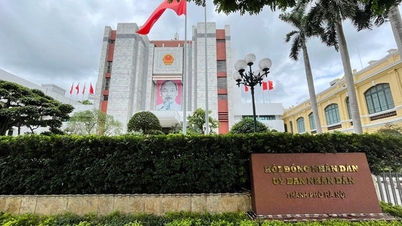

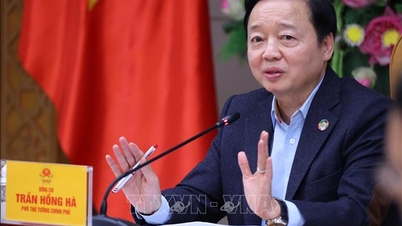
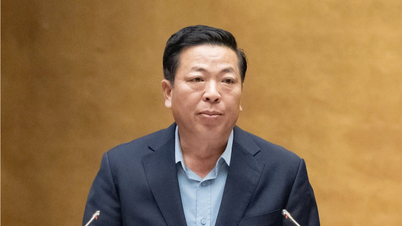

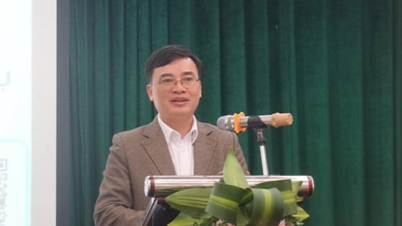

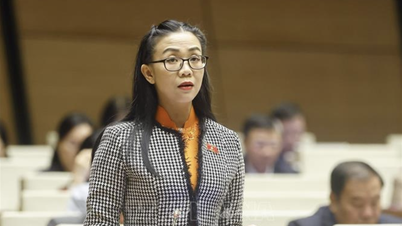






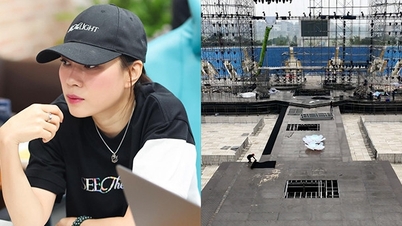





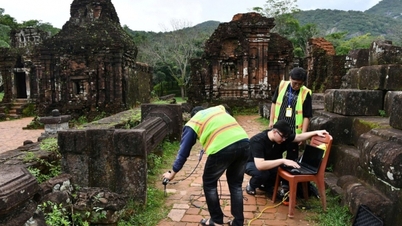










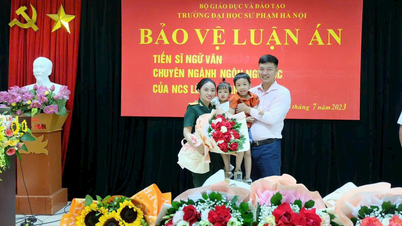

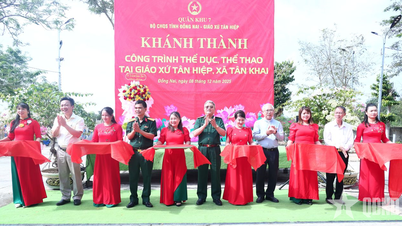
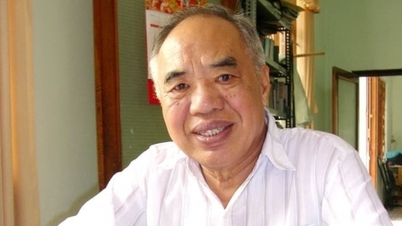

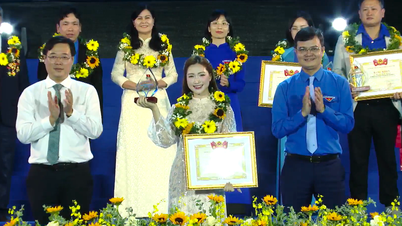

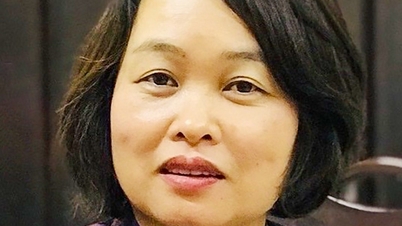


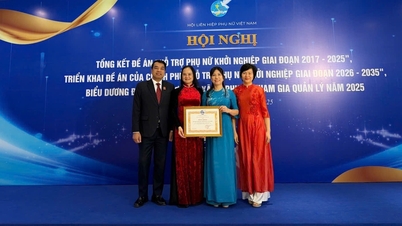




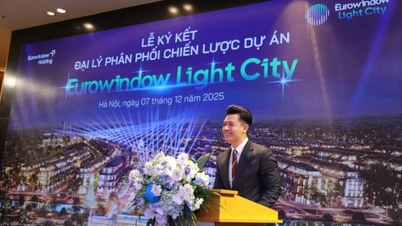









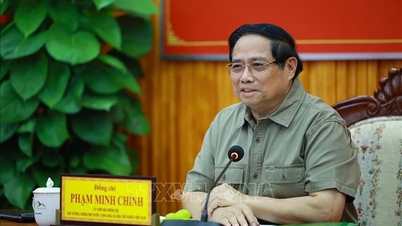
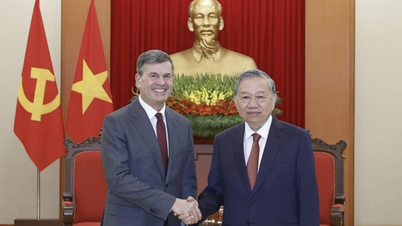


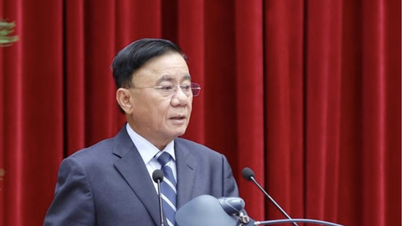


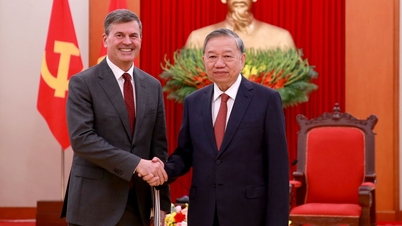
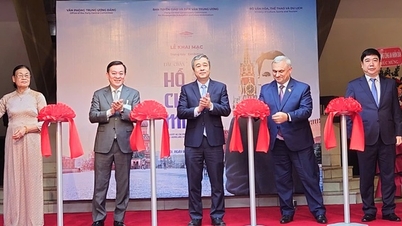

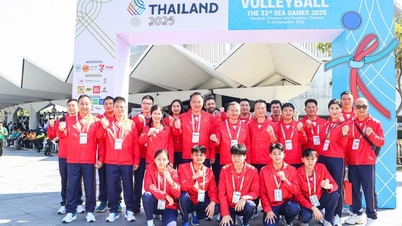
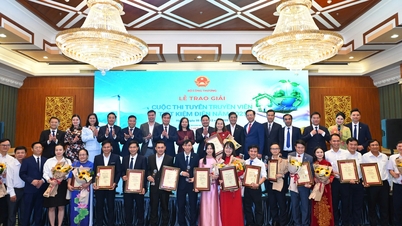


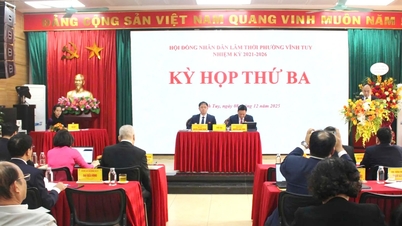
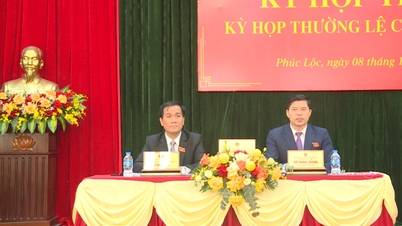




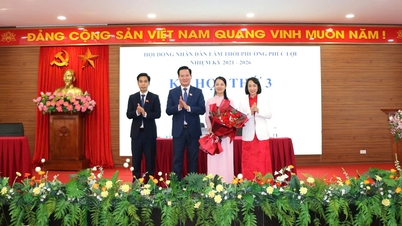
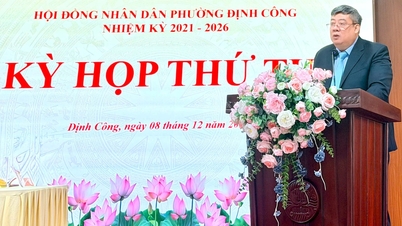

















Comment (0)